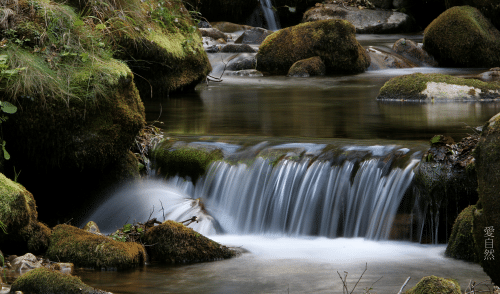
We finished our review on the general history and the broader aspects of visits to Morocco, which we started in our previous post.
The region that currently comprises the kingdom of Morocco It was originally dominated by the Phoenicians and Carthaginians. The Roman Empire took control of it after the Punic Wars and from that moment the province of Mauritania Tingitana was founded (of which we have also spoken in greater depth).
During the colonial expansions of the main European powers, it was Spain and France that reached the African coasts and distributed the lands (mainly towards the end of the XNUMXth century).
The definitive independence came in 1956, when the main Spanish coastal colonies and those of the interior, French, were dissolved (for the most part) to pass into the hands of the Moroccan kingdom.
Following the natural wonders and the physical limits of the country, we have to talk about the Rif mountain range, on the Mediterranean coast, and the High Atlas, an imposing chain of mountains that runs through the nation starting in the southwest and crossing diagonally to the northeast.
Finally, the rivers that we will visit on our country walks include the Muluya and the Sebu, with waterways and beautiful nooks that get lost in the sands of the Sahara.